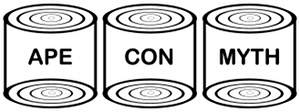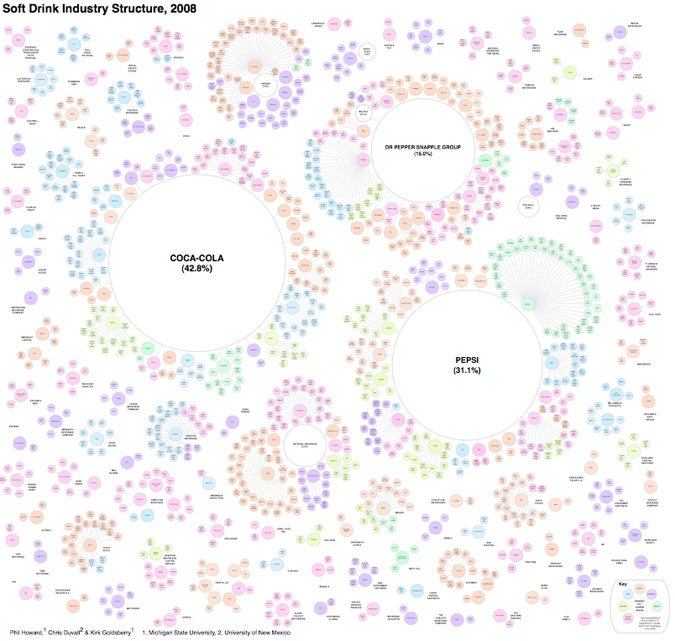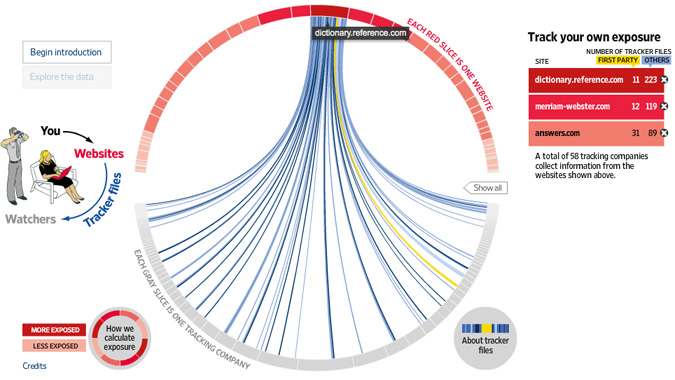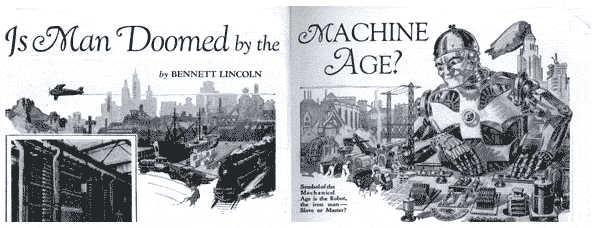Before December turns into a blur and we suddenly find ourselves deposited on the sure to be weird shores of 2012, let’s take a quick riffle through the soon to be scraps of 2011. So far Ape Con Myth has produced 225 posts this year. The most democratic way to look at it must be by the number of eyeballs drawn to it, so with no further ado…
Here’s the Top 11 posts of 2011:
11. Copyright Triple Threat – Meet S.968, S.978 and H.R. 3261 – November 1st
This action is still in play and there’s still time to add your voice to your representatives’ ears. It’s only the internet as you know it at stake.
10. The Self-Employed: Same As It Ever Was? – May 11th
Having a job shelters you from a lot of things, both good and bad.
9. Regarding Your Lack of Privacy Online – July 26th
If it’s not one thing, it’s the other.
8. You Ain’t Seen Nothing Yet – April 20th
ACM’s first infographic, providing perspective on who has seen what online.
7. Wasted URLs: Color.com – March 28th
No comment.
6. @Peanutweeter – May 26th
The wonderful yet short-lived Peanutweeter, RIP.
5. 2007 U.S. GDP in Pie-Vision! – May 3rd
The culmination of many posts, this chart breaks down our national effort. It’s what we do.
4. Plato Sucks – April 19th
An easy win.
3. For the People in the Tents – November 14th
ACM’s proposed cover for Time’s Person of the Year issue in support of Occupy Wall Street and the 99%.
2. Moo Cow Moo Cow – September 13th
Apparently there is consistent demand for “cow moo” results on Google. This is the tortoise going for post of the decade.
1. Google’s Six Front War Visualized – July 14th
The runaway winner of 2011, with nearly 4 times the cow’s visits, a look at who Google is up against.
There you have it. Well, almost. Here’s the Top 3 Ape Con Myth thinks got away…
3. 2,000 Years of Darkness and Bafflement and Wonder – June 10th
A little something to get you into the holiday spirit.
2. GDP by NAICS (or, Here Come the Numbers) – July 12th
Still a work in progress, a presentation of Ape Con Myth’s favorite dataset, the North American Industry Classification System.
1. Conway’s Game of Life – April 12th
Fun with a cellular automaton. Whatever that means.
Thanks to everyone who has been reading!









 Good for them.
Good for them.
